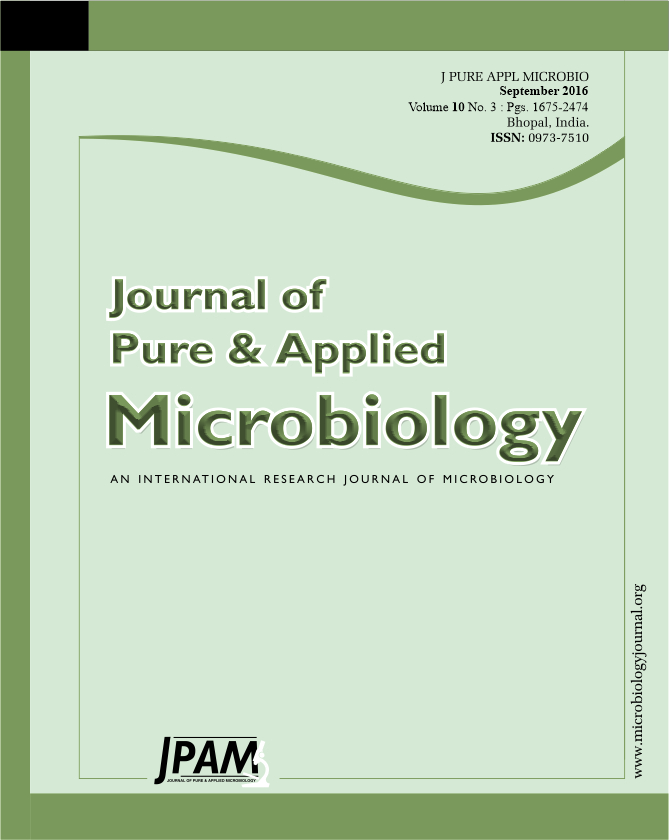Helicobacter pylori is prevailing in gastric niches and chronic disease with this pathogen can cause increased risk of many diseases such as gastritis, duodenal ulcer, dysplasia, neoplasia, gastric B cell lymphoma. Emergence of antibiotic resistance makes to recommended different treatments, and prevention methods have offered against infection. Today, among these methods as a result of immunization both in prevention and treatment of the infection has been confirmed and great efforts for vaccine design have been made. This study aimed to evaluate the cloning, expression and purification of HpaA recombinant protein of H. pylori as a vaccine candidate. Bioinformatics designing for desired gene were performed by use of suitable softwares and the construct was ordered to shine company (China), after receiving construct, cloned in pET21b vector, and this process was confirmed by polymerase chain reaction (PCR), digestion and sequencing techniques. Then, it was successfully cloned in the Escherichia coli BL-21 as expression host and the protein expressed. Expression of protein was verified using SDS page and western blot, for purification of protein, the Ni-NTA column was used. Dialysis for removal of imidazole was applied. Finally, protein concentration was determined by Bicinchoninic Acid Protein assay Kit (Parstoos). In present study, HpaA recombinant protein with size 29 kDa was expressed and purified, successfully. In our study construct HpaA was synthesized, but complementary studies are necessary to assess the immunological characteristics of this construct as an appropriate and efficient vaccine candidate against H. pylori.
Helicobacter pylori, HpaA, Vaccine candidate.
© The Author(s) 2016. Open Access. This article is distributed under the terms of the Creative Commons Attribution 4.0 International License which permits unrestricted use, sharing, distribution, and reproduction in any medium, provided you give appropriate credit to the original author(s) and the source, provide a link to the Creative Commons license, and indicate if changes were made.


